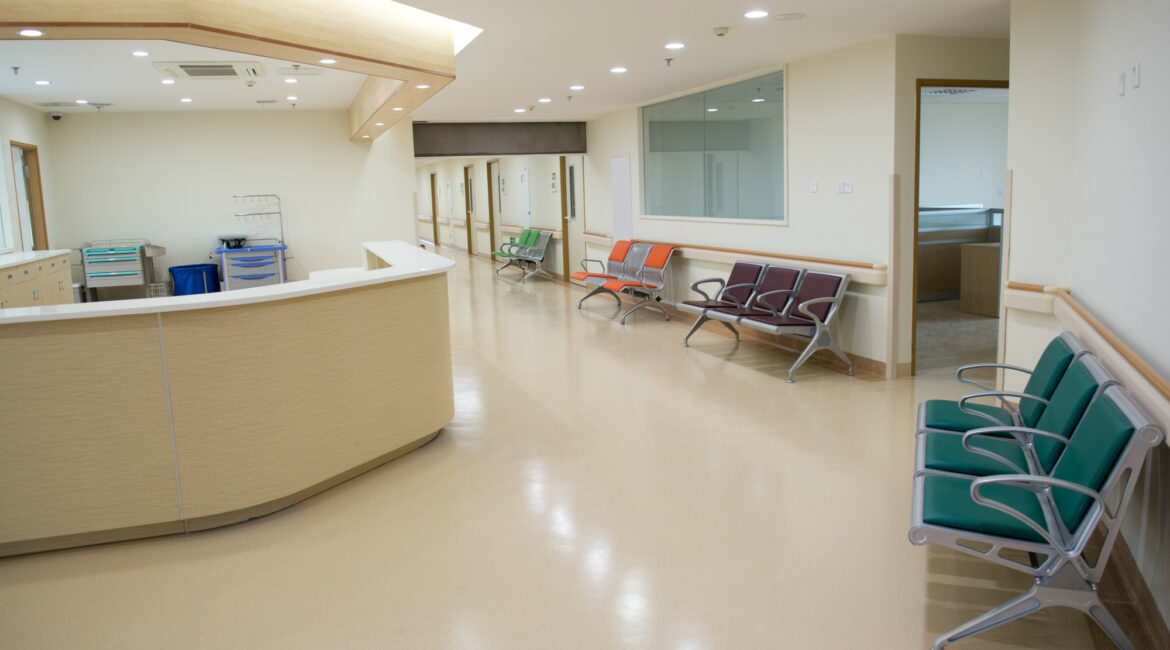There are over 6,000 hospitals in the United States. Many of these hospitals were built several decades ago and every so often they will need renovation work to help keep them safe and effective.
Renovating hospital buildings is no small task, and it requires a high degree of forward-thinking and contingency planning to ensure that patient health is at the top of the priority list.
Here’s a quick guide on the things to consider when renovating a hospital.
Speak With Your Staff
Before you even begin to contact architectural companies and contractors, you first need to speak to all the salient staff in your hospital to let them know your plans for renovation and how those plans are going to affect everyone’s work.
Speak to leadership, facility managers, doctors, and nurses, anybody that will be affected by the renovation. Having these conversations will give you some pre-warning and advanced insight into the problems that you may face while the renovation work is being done.
You can then pass these potential problems on to the contractors who can try and come up with workable solutions so that the renovation is as low-impact as possible.
Take Stock of the Building
Call up some engineers and designers and do a thorough walkaround of the building. This is an opportunity for you to assess how operationally effective the various components of your hospital are.
Assess elements such as:
- HVAC Systems
- Layout
- Traffic Flow
- Compliance
- Energy usage
This is another way that you can get on top of any potential problems or challenges before they begin to pop up during the renovation process.
Use Temporary Walls and Anterooms for Infection Control
When the renovation is actually taking place, your number one concern is going to be patient safety. Hospitals spend a huge amount of time fighting infection, and construction work inside your hospital will open up all sorts of avenues for infections to occur.
Sourcing some temporary walls and anterooms can help you isolate the most vulnerable patients and ensure that they’re completely protected from any risk of infection that the renovation work might bring with it.
Renovations can lead to dust, debris, and other contaminants being spread around the building. You can’t afford to take any risks and should try to keep things as contained as possible.
Plan for the Future
A hospital renovation is no small investment. It’s also not a short-term investment. When you’re planning your renovation you need to think about implications that it could have potentially decades down the line.
During the design phase, you should try to place as much emphasis as possible on adaptability so that you know that the renovation is going to be able to stand the test of time.
Source Temporary Walls for Your Hospital Buildings Today
REnovating hospital buildings is a complex task that requires a high degree of planning and careful consideration. Foremost in your thinking should be reducing the risk of infections and contaminations to keep your patients and your staff safe.
The way to do this is by sourcing some high-quality temporary walls and anterooms for your hospitals. Speak to Edge Guard today about our fantastically effective temporary walls.

